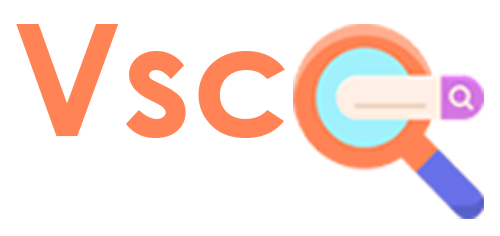In today’s fast-paced business environment, maximizing productivity is crucial, and the performance of your technological tools can significantly impact your daily operations. For Mac users, ensuring that your device runs smoothly is essential to maintaining efficiency and streamlining workflow. An optimized Mac not only operates faster but also provides a more reliable platform for managing all your business activities. This article will explore simple yet effective customizations and adjustments you can make to boost your Mac’s performance, helping you to achieve better productivity and enhance your overall business operations.
Streamlining Startup and Background Processes
One of the first steps to enhancing your Mac’s performance is managing startup items. Too many applications launching at startup can significantly slow down your boot time, delaying your productive start to the day. Did you know about fixing the problem how mds_stores high CPU on Mac? If left unfixed, it can drag down system performance. This issue, often related to Spotlight indexing, can be mitigated by adjusting Spotlight’s Privacy settings or temporarily disabling indexing if not crucial for your daily tasks. By keeping a lean list of startup applications and controlling background processes, you can significantly enhance your Mac’s operational efficiency.
Optimizing Storage and Disk Space
Effective management of storage and disk space is crucial for maintaining a fast and responsive Mac, especially in a business environment where efficiency is key. Utilizing built-in tools like Disk Utility can help perform essential maintenance, such as repairing disk permissions and verifying disks, ensuring your system runs smoothly. Regularly clearing cache files and removing old logs can also significantly free up space, enhancing system performance.
Enhancing RAM Management
RAM (Random Access Memory) plays a pivotal role in how quickly your Mac processes tasks, affecting everything from application performance to multitasking abilities. To boost your Mac’s efficiency, it’s important to monitor RAM usage regularly through utilities like Activity Monitor, which can identify memory-hungry applications that may be slowing down your system. Closing these applications when they’re not needed or rebooting your Mac periodically can help free up RAM.
Regular Software Updates and Maintenance
Keeping your macOS and all installed applications up to date is crucial for both security and optimal performance. Updates often include patches for security vulnerabilities and improvements that can significantly enhance system efficiency. In addition to updating software, routine maintenance is essential. This includes repairing disk permissions, which can resolve application or file errors, and running software cleaning tools to eliminate old logs, caches, and unused language files, which helps in keeping the system running smoothly.
Customizing Visual Effects and Settings
For Mac users, particularly those with older models, adjusting system visual effects and animations can lead to performance improvements. macOS is known for its visually appealing interface, but these graphics can consume significant system resources. By simplifying these effects—for example, reducing transparency and motion in the Accessibility settings—you can enhance your Mac’s responsiveness.
Furthermore, customizing system preferences to streamline operations can also boost efficiency. This includes adjusting energy-saving settings for optimal power use and configuring the Dock to hide automatically, thereby maximizing screen real estate and focusing on productivity tasks.
Regular Software Updates and Maintenance
Keeping your Mac updated is crucial for both enhancing its performance and ensuring security. Regular updates to macOS and all installed applications not only patch security vulnerabilities but also introduce performance improvements that can significantly affect overall efficiency. Additionally, routine maintenance tasks such as repairing disk permissions and utilizing cleaning software to remove outdated caches and logs can prevent system slowdowns.
Customising Visual Effects and Settings
For Mac users, particularly those with older models, adjusting visual effects and settings can lead to noticeable improvements in speed and responsiveness. macOS is known for its range of visually appealing animations and effects, which, while aesthetically pleasing, can tax the system’s resources.
By accessing the System Preferences, you can modify these settings, such as reducing transparency and motion, to optimize performance. Simplifying these visual effects frees up resources, allowing your Mac to focus more on running the applications crucial for your business tasks, thus enhancing overall operational efficiency and user experience.
Implementing Productivity Apps
In the quest to boost your Mac’s business performance, integrating productivity apps is a game-changer. Tools like an advanced workflow automation app can significantly cut down on repetitive tasks through shortcuts and macros. By incorporating these tools, Mac users can expect not only to enhance their productivity but also to make their workflow more seamless and efficient.
Recap
Throughout this article, we’ve explored various simple yet effective customizations to enhance your Mac’s performance, tailored specifically for boosting business productivity. From optimizing system settings to managing applications wisely, and leveraging powerful productivity apps, each step contributes to a more efficient and responsive Mac. Try implementing these strategies to see a noticeable improvement in your business operations. Let your Mac work as hard as you do, and watch your productivity soar.


admin